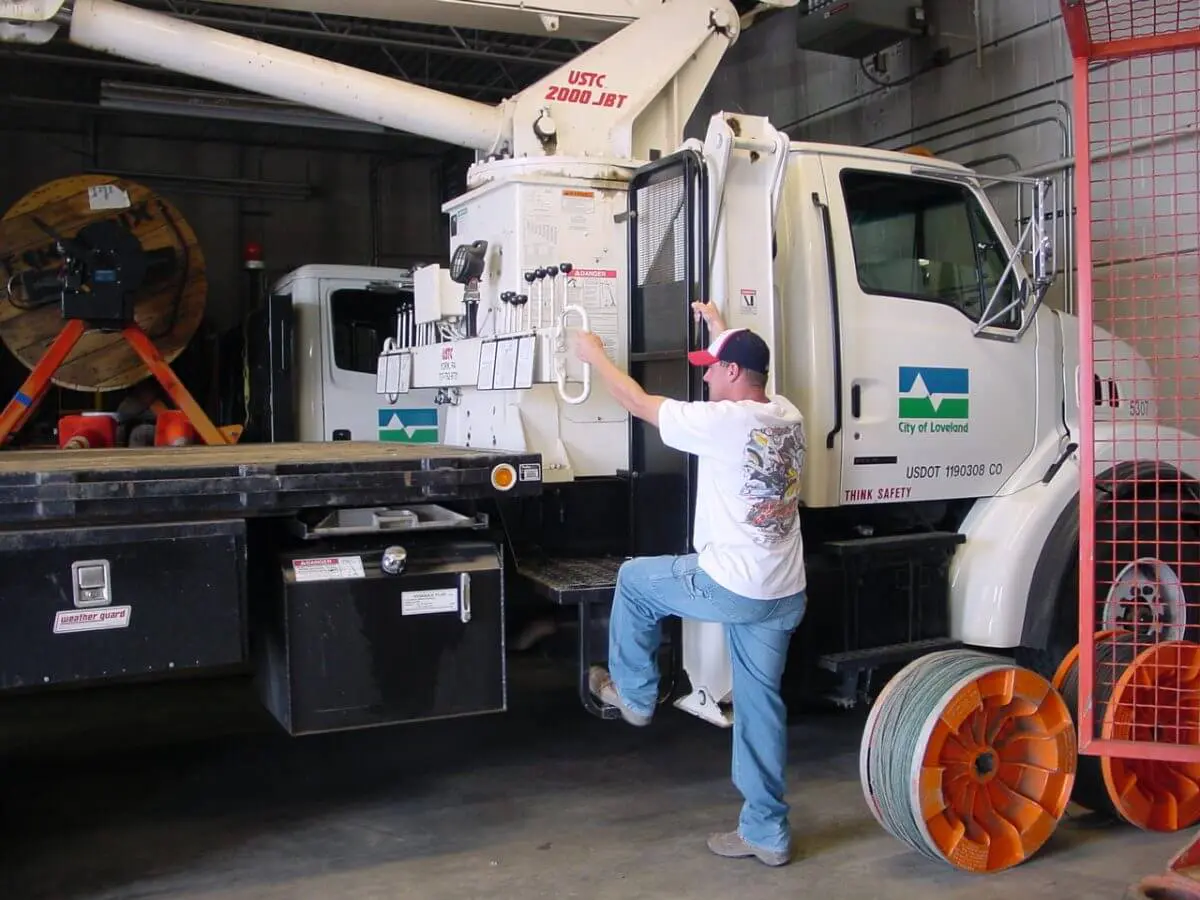
3-Point Contact Key To Vehicle Safety
When you think of costly claims—in terms of financial cost, but also in terms of pain, missed work, and lifestyle change—you probably don’t think of a simple act like getting into or out of a vehicle.
Believe it or not, CIRSA has paid millions of dollars in Workers’ Compensation claims for employees in these situations. But the financial outlay cannot even begin to account for the lost worker hours for public entities, the extra work for colleagues filling in for an absent worker, or the pain and suffering of people who must miss work, change personal plans or even face the end of a career due to injury.
Vehicle safety is important in a variety of jobs. All employees should be alert to these dangers on the ground:
- Mud, ice and potholes can create slip-and-fall hazards.
- Traffic hazards can endanger police officers and employees in work zones.
- Wet or icy parking lots can create risk for any employee.
Some of these factors are out of the hands of employees. But workers who take the time to use safety procedures when mounting and dismounting from vehicles and heavy equipment can make a big difference in their own safety.
Always Use 3-Point Contact
Entering and exiting vehicles is especially important for public works or parks and recreation employees, who might be using heavy equipment and working on unstable ground. Environmental conditions such as mud also can be hazardous.
To climb on and off equipment safely, the key is to always maintain three points of contact with the equipment. That means two hands and one foot or two feet and one hand should be on the equipment at all times.
Safe Procedures
Follow these procedures to safely get on and off of heavy equipment:
- Check that the machine is equipped with grab rails and steps. (If possible, add stickers to remind workers about safe procedure and mark grab rails and steps.)
- Scrape mud off shoes before climbing onto the machine. Also, keep steps and grips clear of mud, grease and other hazards.
- Face the machine as you step onto the first step. Maintain 3-point contact at all times (two hands and one foot, or two feet and one hand). Use the surfaces the manufacturer designed for mounting and dismounting—steps, running boards, traction strips, footholds and hand grips.
- Climb into the cab or other areas that have non-slip surfaces.
- To get off the machine, be sure the machine is first parked and stable. Shut off the machine if necessary.
- Step out of the cab or off of the machine—while facing the machine, use the provided surfaces to climb down, always maintaining 3-point contact. Do not jump from equipment! Jumping is dangerous to bones and joints.
- Only break 3-point contact with the machine when you reach the ground.
In addition, your CIRSA Loss Control Representative can assist you in demonstrating safe vehicle entrances and exits. For personalized assistance, please call 800.228.7136.
- Preparing Your Buildings For Winter Weather
- Sewer Backup Claim Prevention
- Handling Citizen Conflicts at Governing Body Meetings
- Preparing Your Buildings For Winter Weather
- Do’s & Don’ts For Selecting Outside Investigators
- Nine Practices of Highly Ineffective Councils and Boards
- Finland Study Says Bad Bosses Cause Heart Attacks!!!
- Bullying In The Workplace: A Prevention Guide
- Employees Gone Wild: The Risks of Tolerating A Culture of Hazing
- Mediate? Why Not?
- What Is An Insurance Property Appraisal?
- The Basics of Courtroom Testimony – Establishing Credibility With The Jury
- House Bill 10-1168: An Insurer’s Right To Subrogation
- Donning And Doffing – Are Police Officers Entitled To Be Paid For Getting Dressed?
- Donning And Doffing – Are Police Officers Entitled To Be Paid For Getting Dressed?
- Donning And Doffing – Are Police Officers Entitled To Be Paid For Getting Dressed?
- Donning And Doffing – Are Police Officers Entitled To Be Paid For Getting Dressed?
- Donning And Doffing – Are Police Officers Entitled To Be Paid For Getting Dressed?
- Donning And Doffing – Are Police Officers Entitled To Be Paid For Getting Dressed?
- Donning And Doffing – Are Police Officers Entitled To Be Paid For Getting Dressed?
Join our email list

We Are Here To Help
If you need assistance with an article or topic in Coverage Line, let us know!